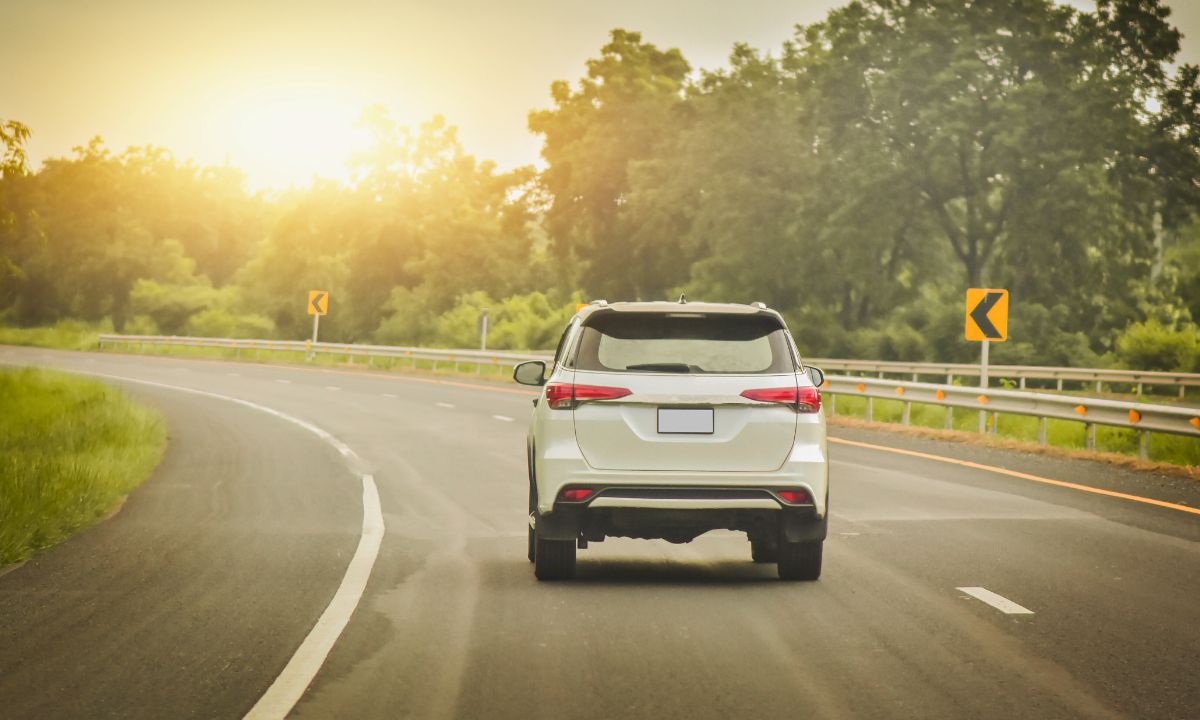In Texas, few things bring people together like football, but new research suggests that the game’s most dangerous hour occurs after the final whistle.
Fatal crashes surge 41% in the first hour after the Super Bowl, making that stretch the deadliest 60 minutes on Texas roads each year, according to new statewide crash data from The Texas Law Dog, a personal injury firm.
Analysts found the post-game “danger hour” now exceeds the per-day intensity of both New Year’s Eve and Independence Day, two of America’s most lethal holidays.
That single hour translates to the equivalent of 150 or more deaths per day, compared with 146.5 on July 4 and 111.5 on New Year’s Day.
Roughly one in three of those crashes involves alcohol. Researchers attribute the spike to simultaneous egress from parties and stadiums, fatigue, and distraction — “holiday math” compressed into one chaotic hour.
Dallas: America’s Most Dangerous Game-Day City
Dallas already reportedly ranks among the most dangerous major cities in the U.S. for traffic deaths, recording 207 fatalities in 2024 and the highest per-capita rate among large metros.
Researchers cited a study that showed a 72.3% increase in fatal crashes on NFL home game days compared to away games, the steepest jump of any NFL city.
The area surrounding AT&T Stadium in Arlington is a recurring hotspot, with crash rates surging during large events. The I-30 and Highway 360 interchange, a $400 million project still under construction, may not be completed before the 2026 FIFA World Cup, when Dallas will host nine matches, more than any other Texas city.
Downtown, traffic and pedestrian conflicts around the American Airlines Center add to the risks. The district reportedly logged 45 pedestrian deaths through mid-2024, as post-event crowds mix with vehicles in tight spaces.
Houston: The Drunk-Driving Capital
Houston remains the epicenter of Texas’s drunk-driving crisis in the data set. Harris County has led the nation in DWI deaths for more than a decade, with 301 traffic fatalities recorded in 2024 — up more than 10% from the year before.
Crash patterns cluster around major venues like NRG Stadium, which sits along the congested Loop 610 and U.S. 59 corridors. Fatal wrong-way and hit-and-run incidents near NRG have become common, particularly during large events.
Ironically, Houston has also shown how effective public transit can be in curbing post-game chaos. During Super Bowl LI in 2017, free METRORail service helped produce more than 109,000 light-rail trips in a single day — nearly four times normal ridership. Despite that success, no free or subsidized transit has been announced for the 2026 World Cup, even as city planners expect 100,000+ daily visitors, the researchers warned.
Austin: The Fast-Growing Warning
Austin will not host World Cup matches, but serves as a cautionary model. Despite its Vision Zero safety program, the city’s traffic fatalities reportedly rose from 94 in 2023 to 103 in 2024. with more than 1,100 alcohol-related crashes countywide.
A Legal and Financial Time Bomb
Texas recorded 4,150 roadway deaths in 2024, including 1,080 alcohol-related, a modest decrease from 2023 figures after a small spike from the year before. The researchers estimated that the social cost of a single Super Bowl-style spike was $161 million.
The researchers warned that cities and venues could face significant exposure under Texas Transportation Code § 545.401, which establishes liability for “knowingly dangerous conditions.” As The Texas Law Dog noted, predictable post-event surges and inadequate traffic control could trigger wrongful-death suits and place an overall cost on society worth $2–4 million per fatality.
“Preventing just 10 deaths through free transit and enhanced enforcement would fully offset program costs while saving lives,” the researchers noted.
This research comes after Paul P. Skoutelas, president and CEO of the American Public Transportation Association said in an April press release, “The 2026 FIFA World Cup will be the equivalent of hosting 45 Super Bowls within just 39 days across 11 U.S. cities and will require public transit agencies to significantly expand capacity, hours, and safety resources—all of which demands additional funding to maintain reliable service for the 5.8 million fans organizers are expecting.”

